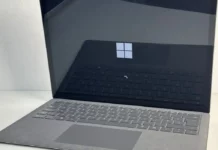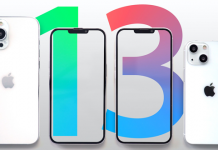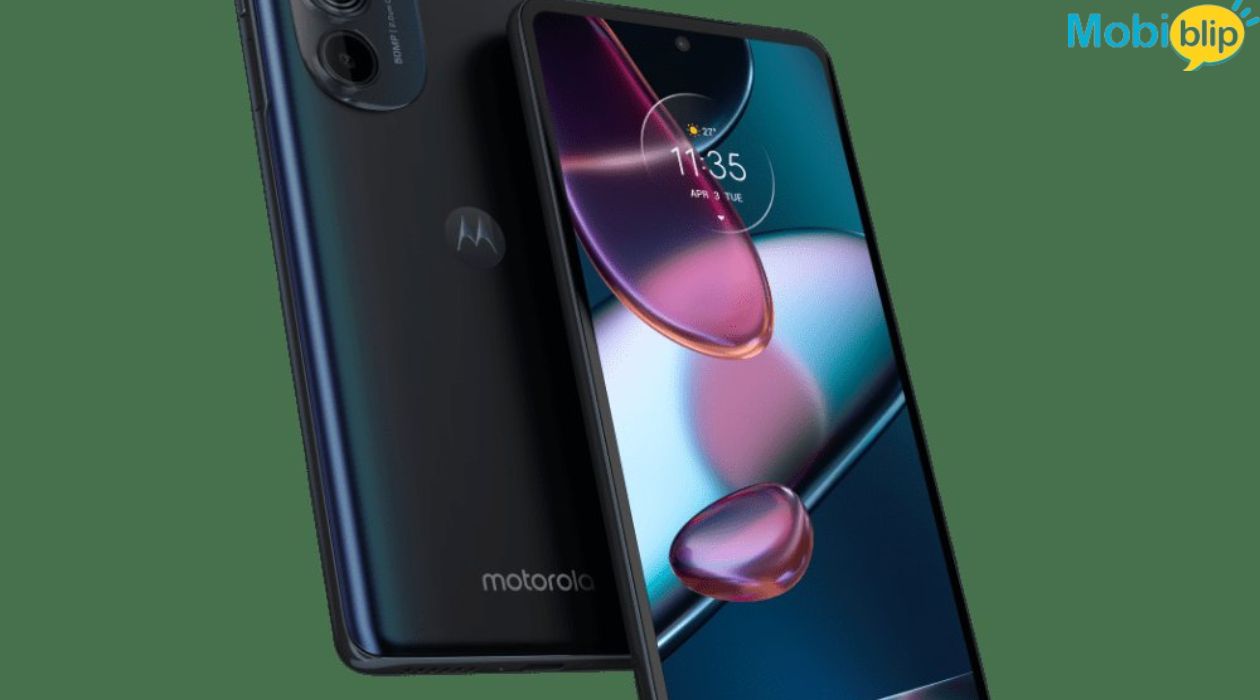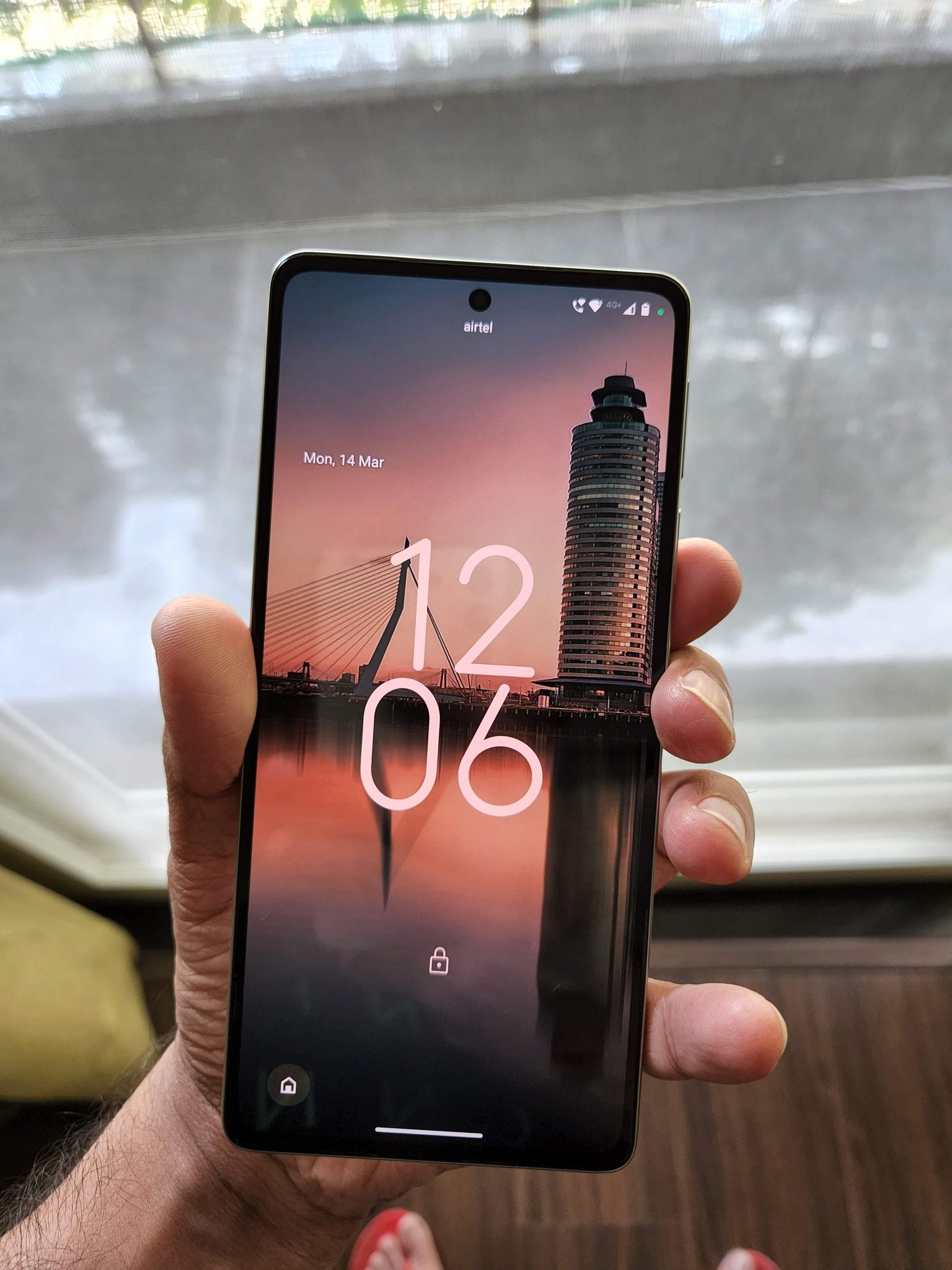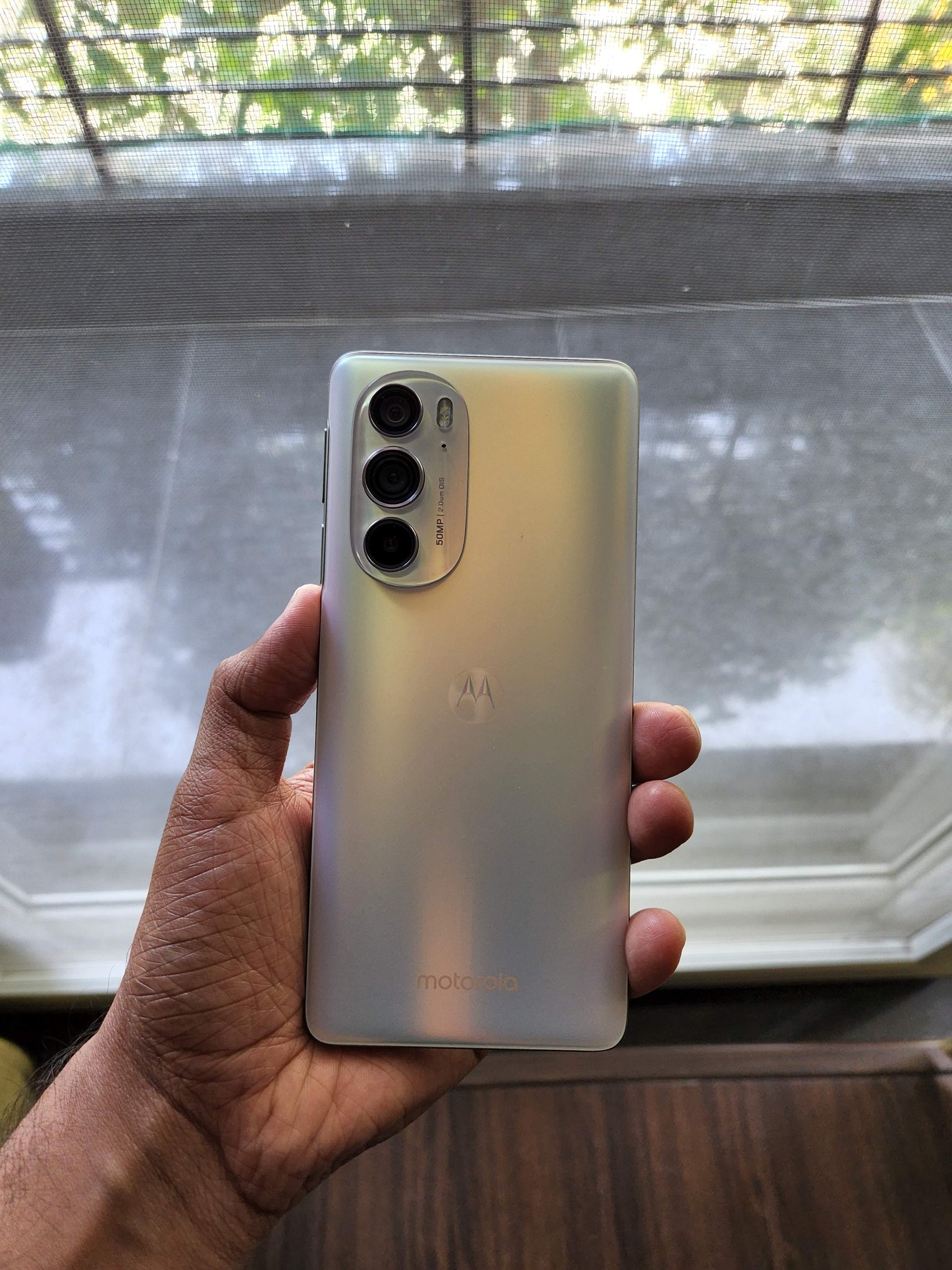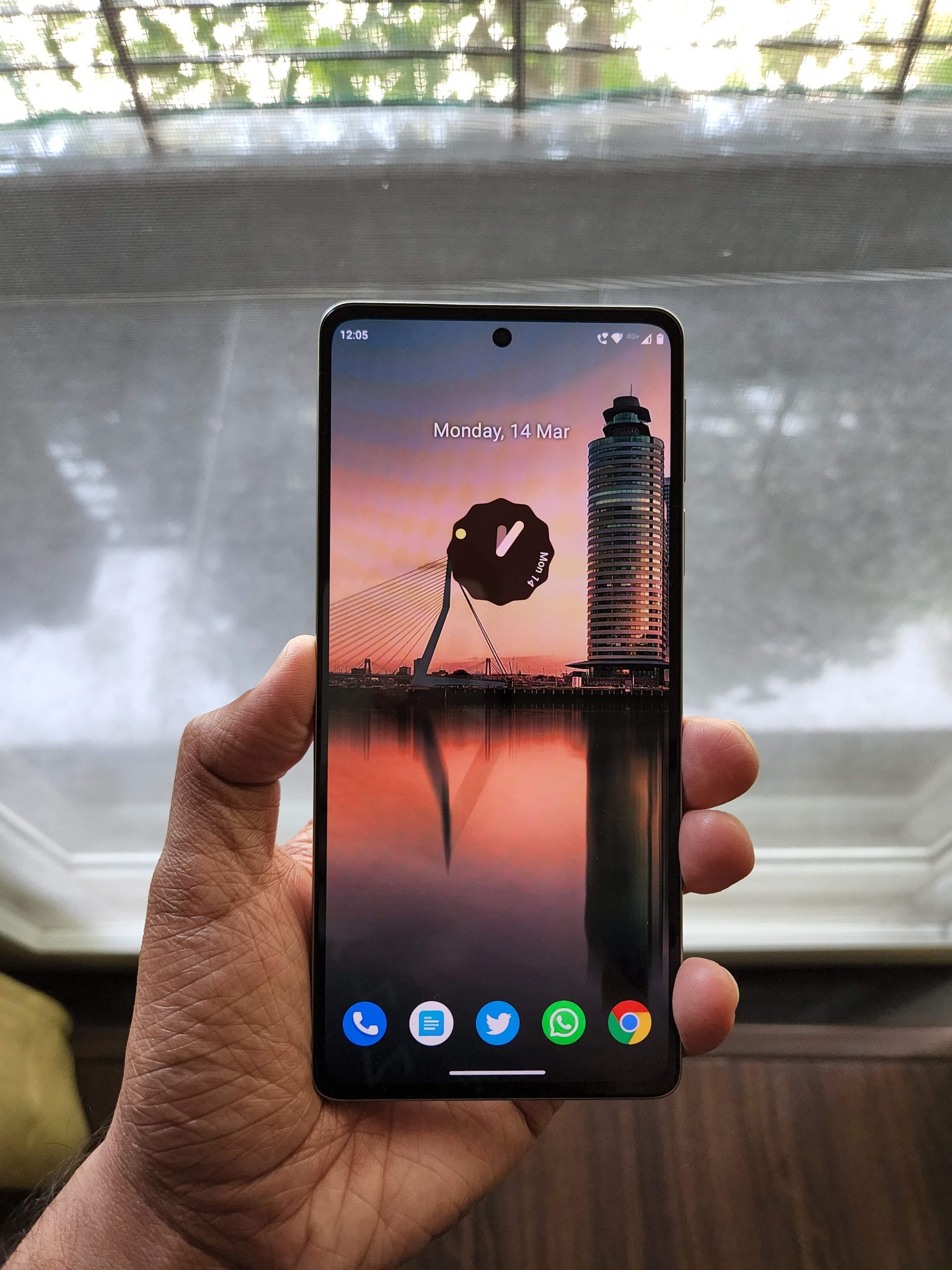Motorola Old Phones: Nostalgic Treasures Await!
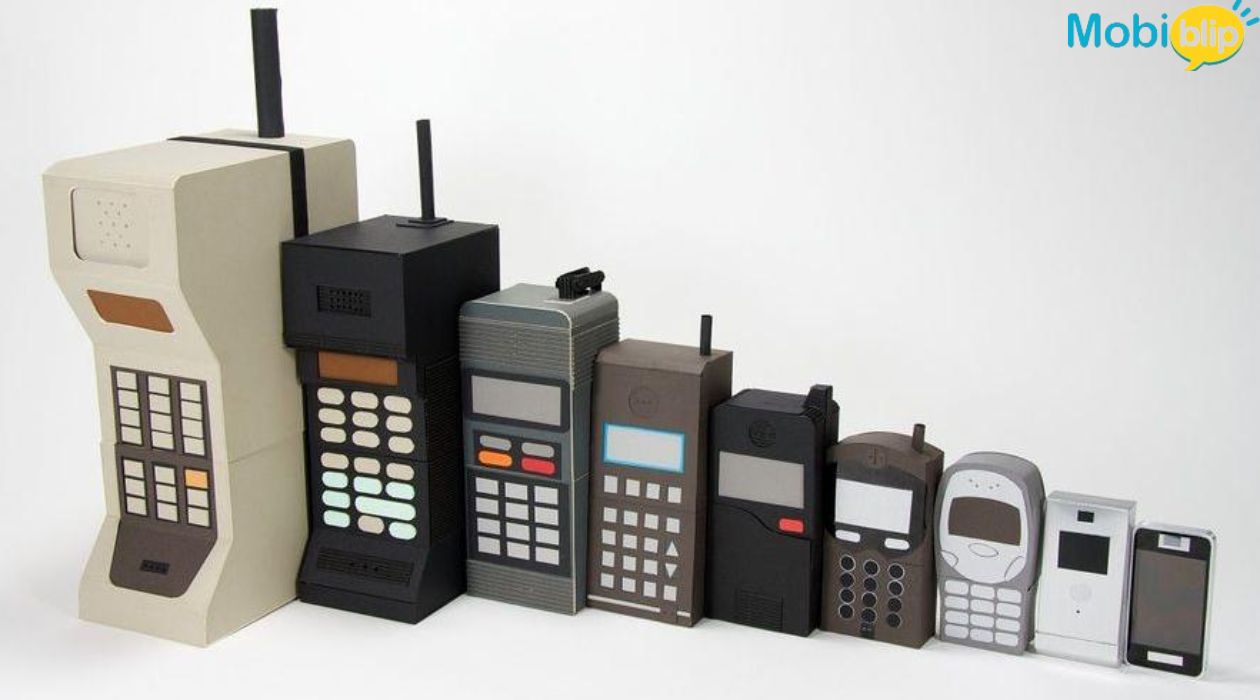
Motorola is a name synonymous with the early days of mobile phone technology. They weren’t just around early on, they were true pioneers, developing some of the first commercially available mobile phones. These phones, though undeniably bulky by today’s standards, hold an iconic status in the history of communication.
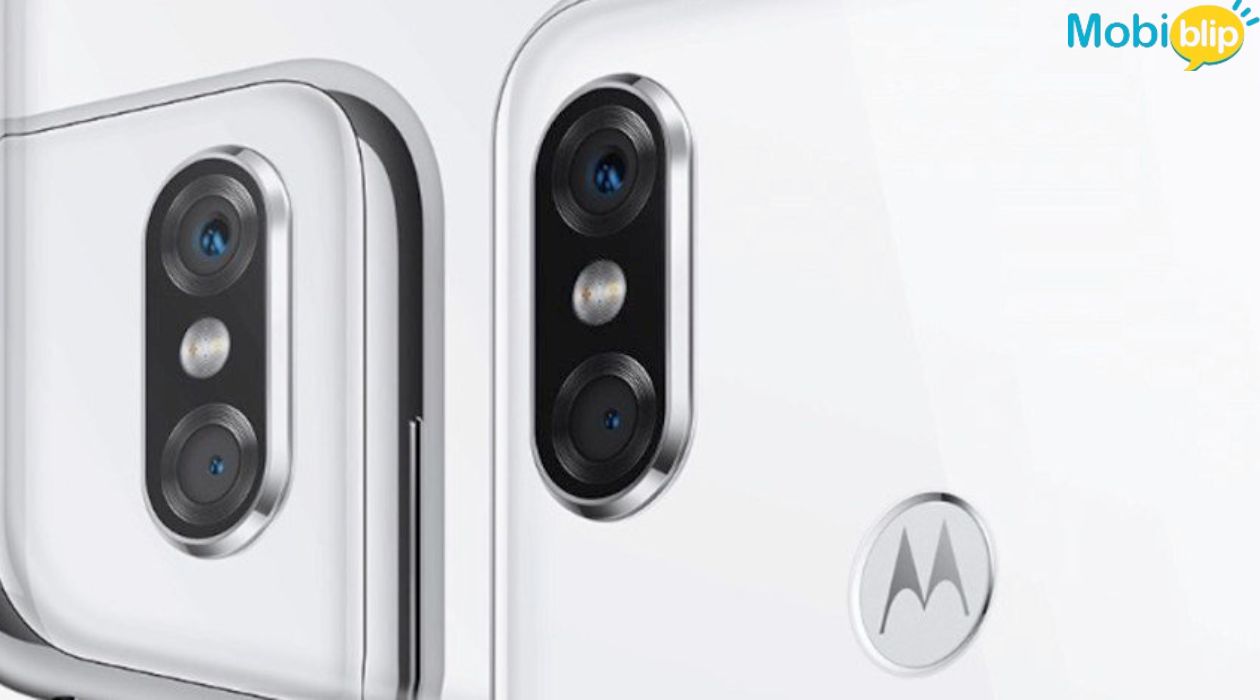
Motorola RAZR V3
The RAZR V3 stands out as a crown jewel amongst Motorola’s classic phones. This phone broke the mold with its incredibly innovative design. Unlike the chunky brick phones of the era, the RAZR V3 boasted an ultra-thin profile. It achieved this sleekness by utilizing a unique flip design that folded in half, making it incredibly pocketable and stylish. The RAZR V3 wasn’t just a phone; it was a fashion statement. Its slim design and unique form factor caught the eye of celebrities and everyday users alike, leaving a lasting impact on the way people viewed mobile phones.
Motorola StarTAC
Even before the RAZR V3, another Motorola phone captured the public’s imagination: the StarTAC. Launched in 1996, the StarTAC was groundbreaking for its time. It introduced the now-common clamshell design, where the antenna folded up into the body of the phone like a miniature communicator from a sci-fi movie. This design made the StarTAC not only incredibly compact for its era, but also futuristic looking. It was a phone that seemed ripped from the pages of a cyberpunk novel, and it quickly became a symbol of cutting-edge technology.
DynaTAC 8000X
We can’t talk about iconic Motorola phones without mentioning the grandfathers of them all: the brick phones. While the RAZR and StarTAC captured attention with their sleek designs, the brick phones, exemplified by the DynaTAC 8000X, hold a special place in history. These phones, though undeniably bulky by today’s standards, were groundbreaking in their own right. The DynaTAC 8000X, released in 1983, was one of the first commercially available mobile phones. While they wouldn’t win any slimness awards, these phones represented a giant leap forward in communication technology. They allowed people to make calls from almost anywhere, paving the way for the mobile phone revolution we enjoy today.
iDEN Phones
Motorola’s innovations weren’t limited to just design. They also pioneered a unique cellular technology called iDEN (Integrated Digital Enhanced Network). iDEN phones, like the iDEN i1000 and iDEN i730, offered some distinct advantages over traditional cell phones.
Durability: IDEN phones were known for their rugged construction. They were built to withstand the wear and tear of everyday use, making them popular with professionals who needed a reliable phone in tough environments.
Call Quality: IDEN technology offered superior call quality compared to some analog cellular networks of the time. This was due to its use of digital signals, which resulted in clearer audio and fewer dropped calls.
Design of iDEN Phones:
While iDEN phones prioritized functionality over cutting-edge design, they weren’t without their own style. They often had a more industrial look, with a focus on antennas and buttons built for heavy use. Some models incorporated the familiar flip design, while others opted for a more utilitarian candy bar style. Their design reflected their focus on reliability and clear communication.
Motorola will release its own brand of foldable phones which take inspiration from old school flip phones.
🔜 Motorola will release its own brand of foldable phones which take inspiration from old school flip phones.https://t.co/lReRrBQ82F #smartphone #motorola pic.twitter.com/UXvrleTkCK
— Soonfeed Media (@Soonfeed) March 20, 2019
Motorola Edge 30 Pro
Why People Love Motorola Old Phones
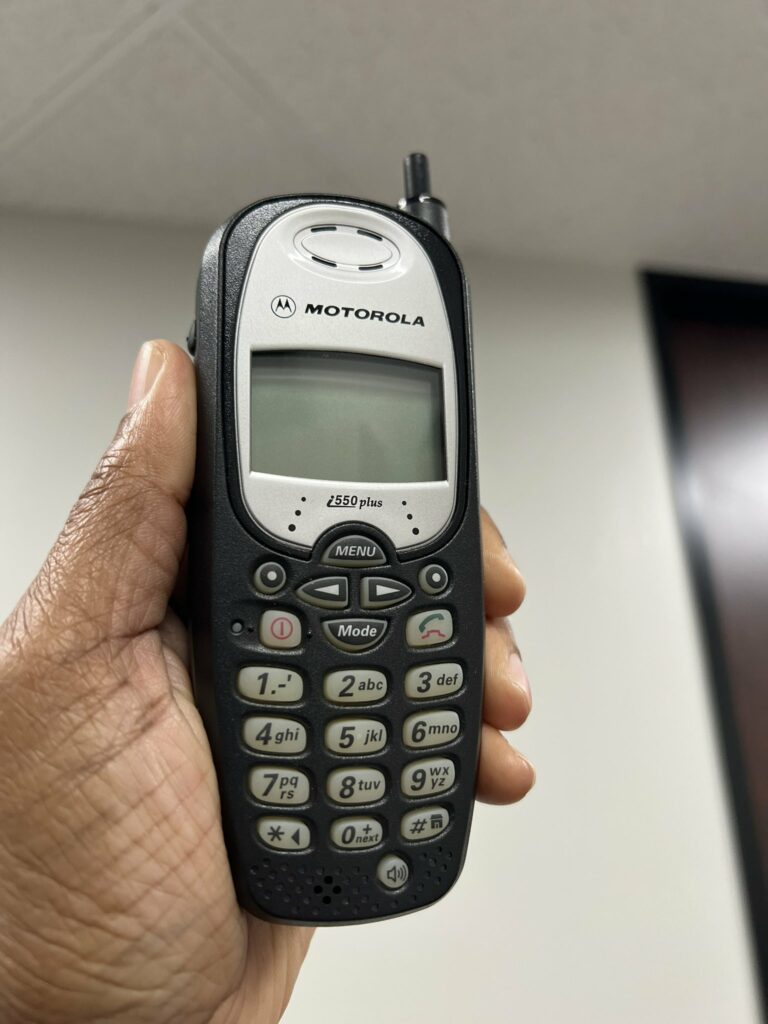
There’s a reason Motorola’s old phones continue to hold a special place in people’s hearts. Here’s a peek into what makes them so enduring:
Nostalgia: These phones act as time capsules, transporting us back to a simpler era in mobile phone history. They evoke memories of a time before smartphones, when calls were the primary function and texting was a novelty. Flipping open a RAZR or using the chunky buttons of a DynaTAC 8000X can trigger a wave of nostalgia, reminding us of a time when mobile phones were a revolutionary new tool.
Durability: Motorola’s old phones were legendary for their toughness. Unlike today’s delicate smartphones, these phones could take a beating. The brick phones, for example, were built like tanks and could survive drops, bumps, and even the occasional dunk in water. This reputation for durability continues to endear them to users who appreciate a phone that can handle anything life throws at it.
Unique Design: Let’s face it, Motorola’s old phones looked cool. From the sleek, futuristic look of the StarTAC to the iconic folding design of the RAZR, these phones had a certain panache that is missing from many modern smartphones. They were conversation starters, a way to express your style and personality. Their unique designs continue to be admired, even as phone technology has advanced far beyond them.
In Crux
Motorola’s old phones hold a unique place in mobile phone history. They were pioneers, introducing features and designs that shaped the way we communicate today. From the world’s first commercial phones to the iconic RAZR, these phones weren’t just technological marvels; they were cultural touchstones. Their enduring popularity stems from a combination of nostalgia, legendary durability, and undeniably cool designs. While they may not be the most powerful devices anymore, Motorola’s old phones serve as a reminder of the incredible evolution of mobile technology, and the special place they hold in our collective memory.
How much did you like our detailed Unlocking the Potential of 16k TVs: A Comprehensive Guide? Also, please share these Blogs with your friends on social media.
Related Blogs


